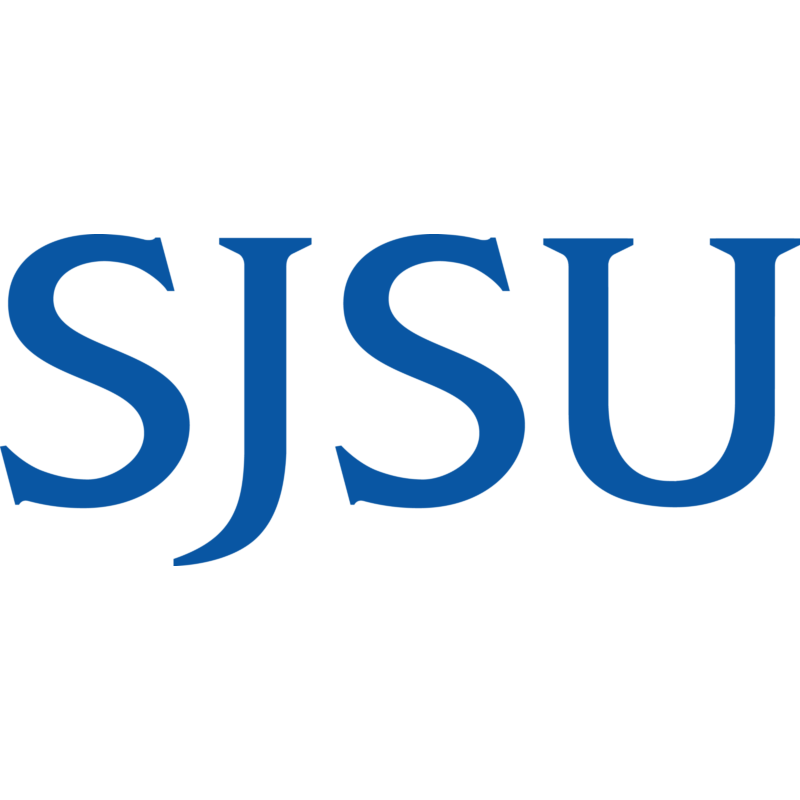"Comparing mercury accumulation and the macroalgal microbiome between coastal and estuarine populations of sea lettuce (Ulva spp.)"
A Thesis Defense by Shelby Penn
Live-Stream | May 9th, 2025 at 10:30 am PDT

ABSTRACT
Mercury is a potent neurotoxin that bioaccumulates and biomagnifies in marine environments. Most research on mercury cycling in the ocean focuses on pelagic food webs, leaving a gap in knowledge regarding macroalgal-based food webs. Seaweed from the genus Ulva is globally distributed in marine and brackish habitats, accumulating metals and toxins with minimal impact on the host. While the mechanisms behind Ulva’s tolerance to marine pollution are unclear, studies suggest that the macroalgal microbiome may play a crucial role. This study investigates how collection location influences mercury uptake and bacterial community composition in Ulva. Estuarine and coastal Ulva were subjected to 1, 50, and 200 ng/L of mercury in 6-day laboratory experiments. Total mercury concentrations were measured using a Direct Mercury Analyzer-80, while the Ulva microbiome's taxonomic composition was estimated from the V3-V4 regions of the 16s rDNA gene. Results indicated that estuarine samples accumulated higher mercury concentrations than coastal samples (PERMANOVA, p < 0.001). The microbial community structure differed between coastal and estuarine Ulva samples (PERMANOVA, p = 0.1) at various taxonomic levels. Differential abundance analysis revealed that 81 operational taxonomic units (OTUs) from 8 classes were enriched in coastal Ulva, while 147 OTUs from 12 classes were enriched in estuarine Ulva. This study demonstrates that the Ulva microbiome and mercury uptake are influenced by habitat. Additionally, the microbiome differences due to habitat may affect mercury uptake. Although the microbiome of Ulva in estuarine environments potentially enhances the macroalgal holobiont's resilience to nutrient and toxin loads, host health must also be considered given the toxicity of mercury and the lower accumulation observed in coastal Ulva populations.
BIO
Originally from Virginia, Shelby earned a B.S. from Allegheny College in 2013. During her undergraduate studies, she spent a semester abroad in Bonaire, Dutch Caribbean, where she studied marine ecology and conservation and became certified as a Scientific Diver. While there, she conducted a SCUBA-based research project on the behavior of diseased ocean surgeonfish. She also completed internships at MarineLab in Key Largo, FL, and at the National Aquarium. Her senior thesis focused on the feeding morphologies of two species of darter fish.
Before beginning her graduate studies at Moss Landing Marine Laboratories (MLML), Shelby worked as a marine science instructor, Divemaster, and expedition guide on Catalina Island, in Hawaii, and throughout Southeast Alaska. She joined the Phycology Lab at MLML in 2018, where her master's research focused on the role of the Ulva microbiome in the cycling of mercury in coastal ecosystems. Her initial research interests centered on how mercury and other metals enter coastal food webs, and the role macroalgae play in their bioaccumulation and biomagnification. Through this work, she developed a passion for seaweed-associated microbial communities and will continue her studies as a Ph.D. student, investigating the direct and indirect effects of the marine environment on foundational seaweed holobionts.
While at MLML, Shelby also served as a Monterey Area Research Institutes’ Network for Education (MARINE) Liaison and Society for Women in Marine Science (SWMS) Mentor, participated in Skype a Scientist, contributed to rhodolith research projects on Catalina Island and served as Assistant Dive Safety Officer, supporting a variety of field-based research efforts.



